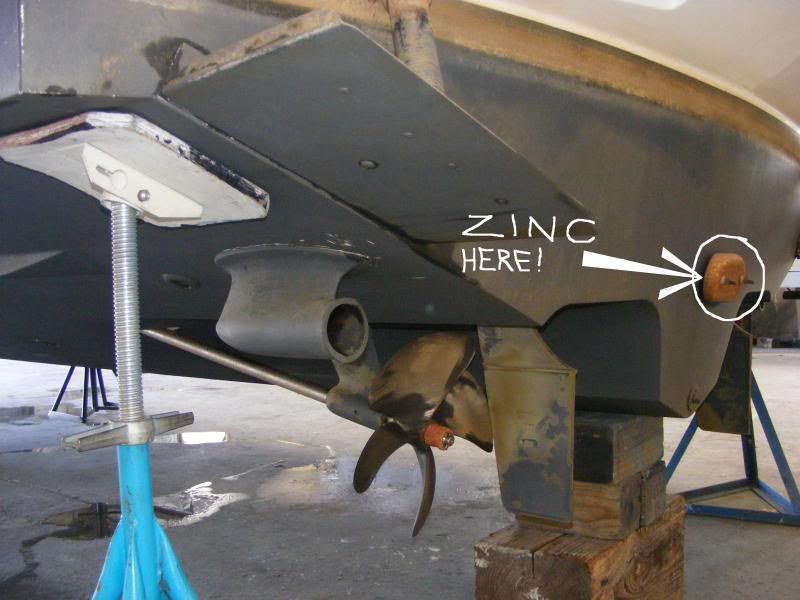glocklt4
Member
Was thinking about this tonight after reading about the frequency of zinc changes on a boat that's wet slipped all year round. Obviously the drive has it on a stern drive, but where are they on the v's? Wondering if there is any way to replace them myself while in the water at all, or if it's really required to have a haul out. I would guess somewhere around the output shaft of the drive, but I have never been under one to see.





